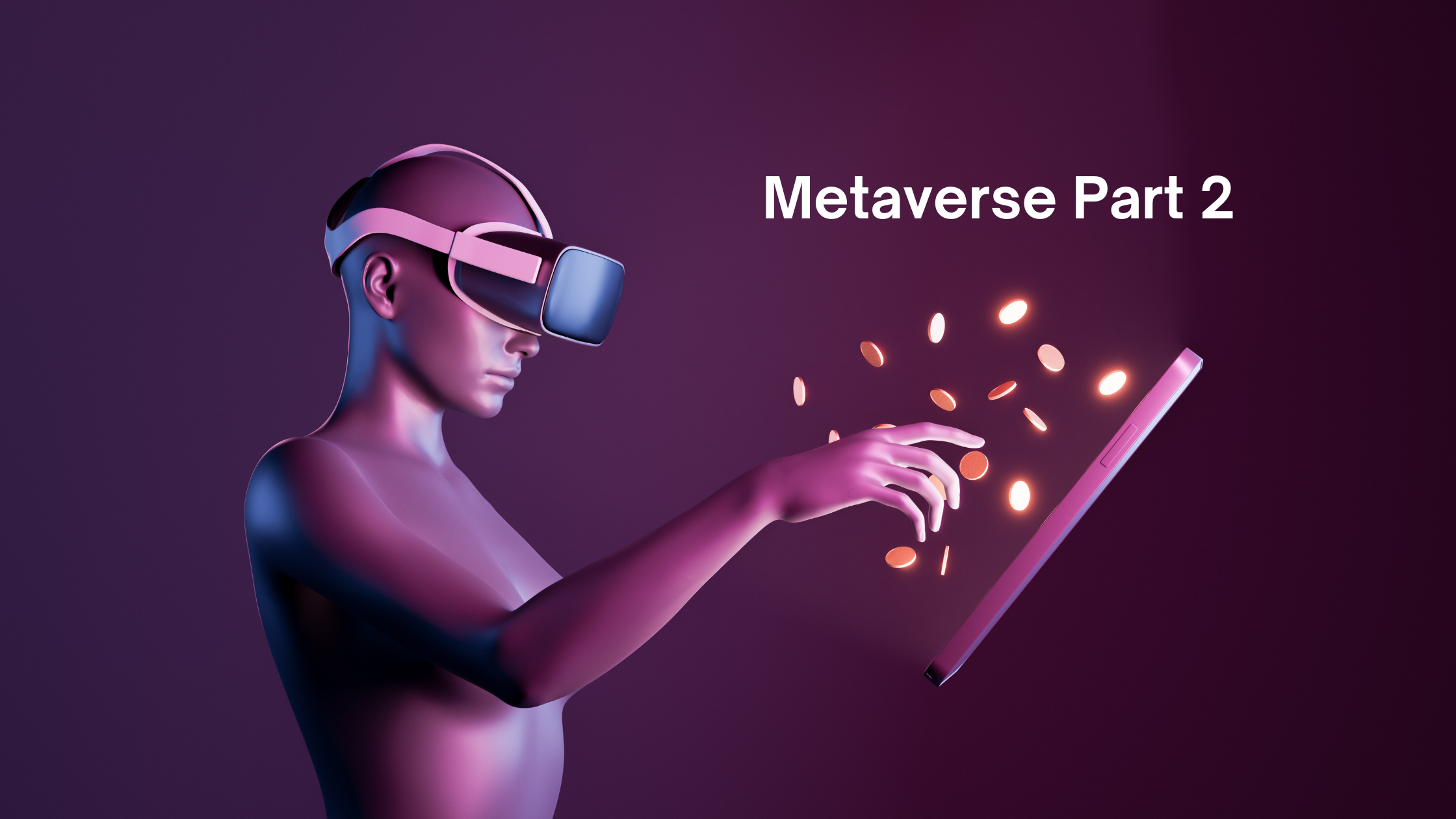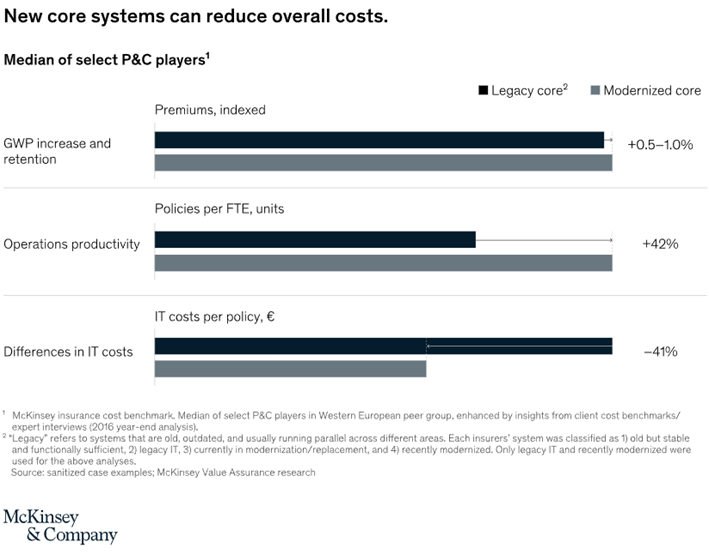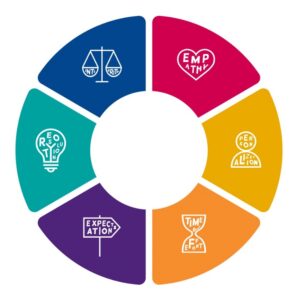The insurance industry is undergoing a rapid transformation due to technological advancements and changing consumer expectations. While these changes have the potential to unlock new opportunities, they must overcome the corresponding integration challenges . One of the biggest challenges facing insurance companies today is integrating their systems and processes with the larger digital ecosystems that are emerging in the industry.
Integration has become a critical factor in ensuring the smooth functioning of businesses. Integration enables seamless communication between various systems and stakeholders. It ensures that data is transferred accurately and efficiently, which is critical for underwriting, claims processing, and policy administration. It also allows insurers to offer a better customer experience by enabling customers to access their policies and claims information through multiple channels, including web portals, mobile apps, and social media platforms.
As these ecosystems continue to evolve, insurance companies must navigate a complex landscape of data sharing, platform interoperability, and customer engagement to stay competitive and deliver value to their customers. In this context, tackling the challenges of integration is more important than ever, and will play a critical role in shaping the future of the insurance industry.
In this blog, we will discuss the integration challenges facing the insurance industry and explore strategies for overcoming them.
Integration Challenges in the Insurance Industry
One of the biggest integration challenges facing the insurance industry is the sheer complexity of insurance products. Insurance products often involve a variety of variables such as premiums, deductibles, and coverage limits. As a result, integrating these products with legacy systems can take time and effort.
Insurance systems often involve multiple layers of technology, including front-end interfaces, middleware, and back-end databases. The complexity of these systems also makes it difficult to identify the root cause of integration issues, leading to delays in problem resolution.
Another challenge is the lack of standardisation across different platforms in the insurance industry. Insurers often use different processes, procedures, and a range of legacy systems. While legacy systems aren’t always the problem, some aren’t compatible with newer methods, like Agile, an innovative underwriting program used by many insurers. This makes it difficult to integrate their digital ecosystems with those of other insurers leading to delays, inefficiencies, and errors, which can be costly and time-consuming to correct.
What’s more, the insurance industry is heavily regulated, with different jurisdictions imposing varying regulations. Jurisdiction plays a crucial role in integration in the insurance industry, particularly for companies that operate across multiple countries. When operating in multiple jurisdictions, insurance companies must comply with a range of local regulations and laws that can affect data sharing, cross-border transactions, and customer privacy. Some jurisdictions have restrictions on the sharing of data across borders, particularly personal data. Others require insurance companies to report certain data to local authorities in each jurisdiction where they operate. Insurance companies operating in multiple countries may also face language and cultural barriers that can impact integration efforts.
Data quality can also raise challenges in integration. Insurers rely on accurate and timely data to make informed decisions across the entire insurance value chain, from underwriting and risk assessment to claims management and customer engagement. Such decisions impact the fraud detection strategies, customer segmentation, product development, and pricing and profitability that are all central to an insurer’s management processes. Still, data quality issues, such as missing data, inconsistent data, and duplicate data, can undermine the effectiveness of their systems and processes.
The need for real-time integration puts pressure on the insurance industry. This pressure is driven by changing customer expectations as consumers today are accustomed to the convenience and speed of services provided by companies like Amazon, expecting the same level of service from their insurance providers. The rise of Insurtechs also drives this change, as customers demand a seamless, end-to-end experience that allows them to access insurance products and services as easily as they navigate other digital ecosystems.Bottom of Form
Insurers need to be able to process data instantaneously to provide a better customer experience and reduce processing times. However, real-time integration requires robust technology infrastructure and systems that can handle large volumes of data.
Finally, the insurance industry is grappling with a shortage of skilled employees with expertise in both technology and insurance. Integration requires specialised skills like system analysis, data modeling, and software development. However, many insurers lack the necessary resources to support their integration initiatives, and it can be difficult to find employees who can effectively integrate new technologies with legacy systems. This leads to delays and increased costs for insurers.
Despite these challenges, there are several strategies that insurers can employ to overcome integration challenges and leverage new technologies to improve their operations.
Standardisation
The lack of standardisation in the insurance industry is a significant challenge, but it is not insurmountable. Insurers can work together to develop common standards and processes that will make it easier to integrate their systems. For example, they could establish standard data formats and protocols that will enable different methods to communicate with each other seamlessly or use existing technologies, like JSON. JSON (JavaScript Object Notation) is a lightweight data interchange format that has gained popularity in recent years due to its simplicity, flexibility, and compatibility with a wide range of programming languages and platforms. JSON provides a common data format that can be easily parsed and understood by different systems and applications. You don’t have to reinvent the wheel to implement a successful digital transformation.
Cloud-based Solutions
Cloud-based solutions can help insurers overcome integration challenges by providing a flexible and scalable platform for their operations. Cloud-based solutions can be easily integrated with existing legacy systems, making it easier to leverage new technologies without disrupting existing operations. Additionally, cloud-based solutions can help insurers reduce costs by eliminating the need for expensive hardware and software.
Automation
Automation can help insurers streamline operations and reduce errors, leading to cost savings and increased efficiency. By automating repetitive tasks, insurers can free up employees to focus on more strategic. Insurers can also use artificial insurance for fraud detection by analysing patterns and anomalies in data and identifying potentially fraudulent behaviour. In the same way, AI can be used to improve pricing by implementing predictive models to determine the risk of insuring a particular individual or entity. Various factors can be taken into consideration like demographics, health history, and other relevant information.
Collaboration
Collaboration can be an effective strategy for insurers looking to overcome integration challenges. By working with other insurers and technology providers, insurers can leverage their collective expertise to develop solutions that benefit the industry as a whole. For instance, insurers can collaborate on developing common data standards or creating shared platforms for policy administration—BiPRO is a prime example of this. The German data exchange standard, developed by GDV, aims to standardise communication processes between insurance companies and their partners to streamline operations, reduce costs, and improve customer experience.
Training and Development
As previously mentioned, the insurance industry needs more skilled workers with expertise in both technology and insurance. To overcome this challenge, insurers can invest in employee training and development programs. By providing employees with the skills to integrate new technologies with legacy systems effectively, insurers can ensure they are well-positioned to take advantage of new opportunities. Customisation abilities can also help insurers find and nurture the right employees with user interfaces that simplify complex processes. Automated workflows and decision-making algorithms make it easier for new employees to navigate company systems.
Conclusion
The insurance industry is undergoing significant changes, and integration challenges are an inevitable part of this process. The complexity of insurance systems, the large number of legacy systems in use, and the lack of standardisation across different platforms can lead to delays, errors, and some insurers being left behind by competitors.
By taking a proactive approach and employing strategies such as cloud-based solutions, automation, collaboration, and training and development, insurers can overcome these challenges and unlock the full potential of new technologies. Ultimately, those insurers that can effectively integrate new technologies with their legacy systems will be well-positioned to thrive in the rapidly-evolving insurance landscape.








